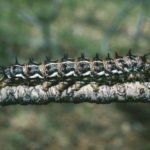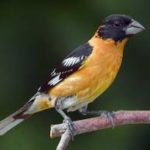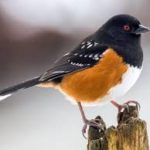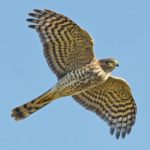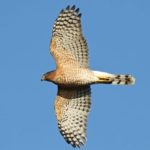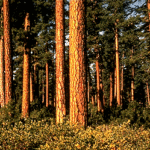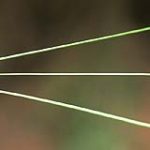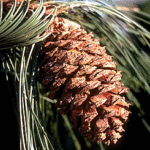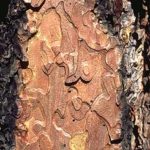Backyard Naturalist: Week #5
Where YOU get to be a naturalist in your own backyard.
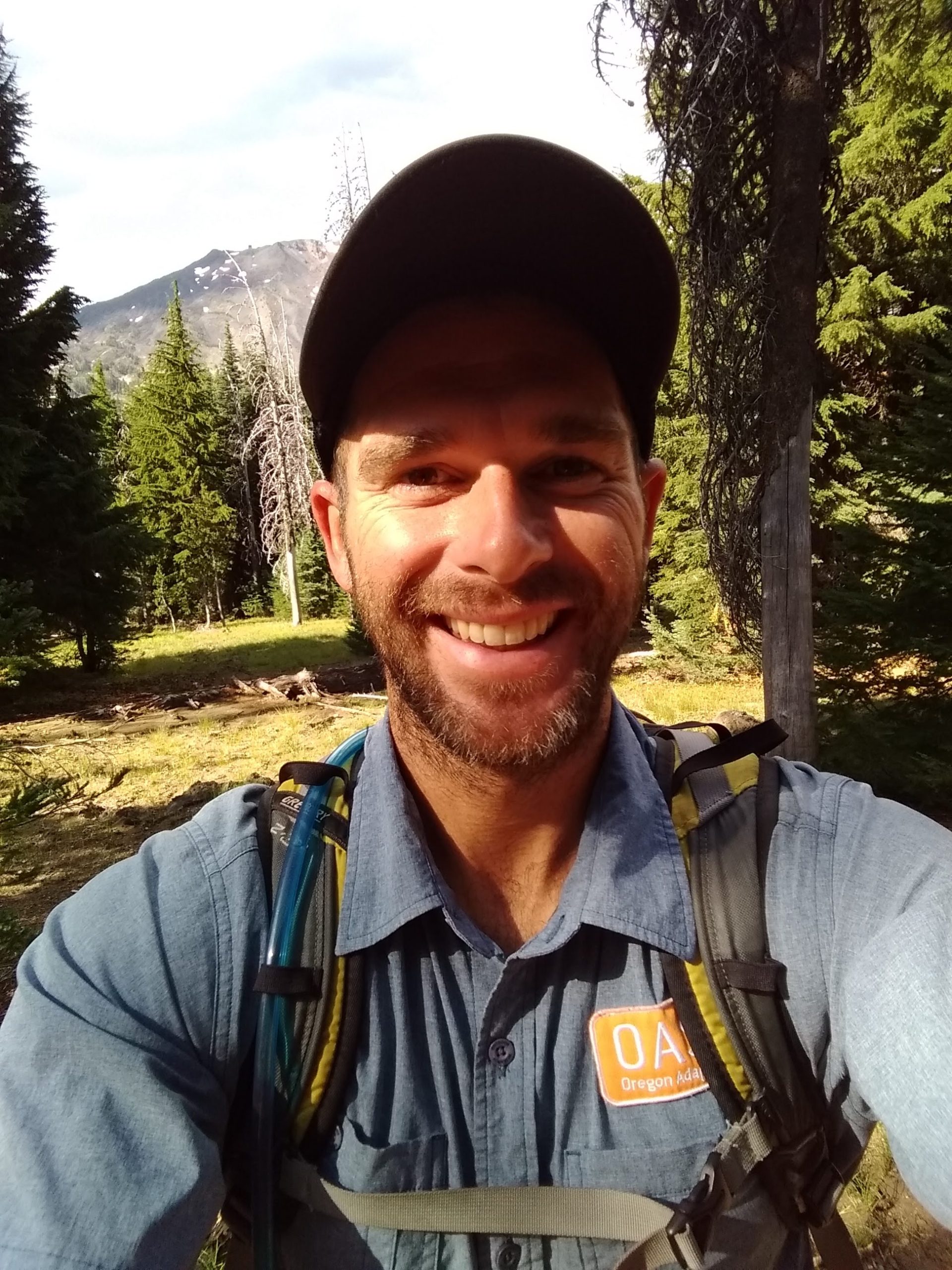
MATT OUT IN NATURE
by Matt Porter
OAS Staff
Birds of prey or “raptors” are a fascinating group of birds that includes hawks, eagles, falcons, kites, owls, vultures, osprey, etc. They are powerful hunters with highly specialized capabilities that may include feathers that allow nearly silent flight, UV vision to detect rodent scent markings, and binocular vision for detecting distant pray movement. Prey may include fish, other birds, rodents, rabbits, reptiles, amphibians, or carrion. I have always been in awe of these birds ever since I saw my first Red-tailed Hawk. Their grace, power, and quiet lethality demand appreciation. In fact, the Red-tailed Hawk may be one of the most commonly seen or heard raptors in Oregon. If you’d like to learn more about these raptors, I’ve included a few resources here to get you started.
ODFW Raptor Page:
https://myodfw.com/wildlife-viewing/species/raptors
Audubon’s 15 Facts about Raptors:
https://www.audubon.org/news/15-facts-about-raptors
Sign up for today’s backyard naturalist live session here, where we will be talking about hawks in Oregon with Jim W, Central Oregon falconer and birder.
Q & A Recap From Week 4:
Q: What are the big caterpillars I saw down in Sunriver?
A: They may be the larva of the Pandora Moth that we’ve seen over the last several summers in Central Oregon in great numbers, especially around parking lot lights. Here are a couple resources to learn more:
USFS Pandora Moth Fact Sheet: https://www.fs.usda.gov/Internet/FSE_DOCUMENTS/stelprdb5347800.pdf
Deschutes Collaborative Forest Project Info on the Pandora Moth: http://deschutescollaborativeforest.org/guest-bloggers/pandora-moth-central-oregon/
Q: What different sparrows are there in Oregon?
A: The ODFW site lists 19 different sparrows that occur in Oregon? You can check out the list and more info on those sparrows here: https://myodfw.com/wildlife-viewing/species/towhees-sparrows-grosbeaks-and-buntings
OAS Backyard Naturalist Community Observations
- Hayley and Bruce found what looked like Pandora Moth caterpillars in separate areas at Shevlin Park and down in Sunriver.
- Debbie saw mostly crows and seagulls out on the Oregon coast because of the foul weather
- Matt saw a Spotted Towee and Black-headed Grosbeak in Gresham.
- Lily witnessed a large hatching of sand flys in New York
- PANDORA MOTH
- BLACK-HEADED GOSBEAK
- SPOTTED TOWEE
Bird(s) of the Week:
Common English Name: Sharp-shinned Hawk
Scientific Name: Accipiter striatus
Common English Name: Cooper’s Hawk
Scientific Name: Accipiter cooperii
- SHARP-SHINNED HAWK
- COOPERS HAWK
Both of these birds of prey may be found in your backyard, especially when they have found easy prey at your bird feeder. I have most often seen these birds swiftly gliding through my yard without stopping to perch. I have also seen these birds hunting in Ponderosa forests around Bend. They are difficult at first to distinguish by sight and their calls are slightly similar if you haven’t heard them before. Below are some good resources to learn more about these backyard hunters and to help you learn to tell the difference between them.
Click here to learn more about the Sharp-shinned Hawk and here to hear the sounds.
Click here to learn more about the Cooper’s Hawk and here to hear its sounds.
Click here to read Cornell Labs guide to differentiating between the Sharp-shinned and Cooper’s hawks.
Plant of the Week:
Common English Name: Ponderosa pine
Scientific Name: Pinus ponderosa
- PONDEROSA TREE
- PONDEROSA NEEDLES
- PONDEROSA CONE
- PONDEROSA BARK
This magnificent tree is found throughout the state of Oregon especially near the Cascades mountain range and they become more common as you near the eastern side of the crest. They are resistant to low grade wildfires and produce a stunning park like setting when allowed to grow with natural fire cycles. If you find yourself among a stand of these trees and the conditions are right, you may notice a warm sweet scent in the air. If you can get closer and put your nose right up to the bark, take a smell. What do you notice? The scent is often likened to butterscotch or vanilla!
Deschutes Land Trust Fact Sheet on the Ponderosa pine: https://www.deschuteslandtrust.org/news/blog/2012-blog-posts/plant-profile-ponderosa-pine-pinus-ponderosa
The Oregon Encyclopedia page on the Ponderosa pine: https://oregonencyclopedia.org/articles/ponderosa_pine/#.XupDU0XYq00
SERIES INFO
If you are interested in attending this weeks’ live backyard naturalist session and haven’t already registered, please in the link below. Til next week…happy nature observing!

